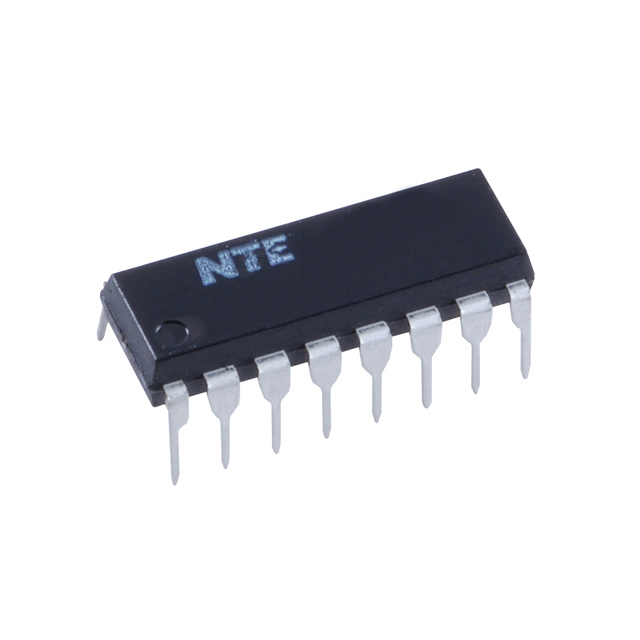4000 Series, Buffers, Drivers, Receivers, Transceivers
Results:
3
Manufacturer
Series
Supplier Device Package
Package / Case
Operating Temperature
Output Type
Logic Type
Mounting Type
Voltage - Supply
Number of Elements
Current - Output High, Low
Input Type
Number of Bits per Element
Grade
Qualification
Results remaining:3
Applied Filters:
4000
About Buffers, Drivers, Receivers, Transceivers
Logic buffers, drivers, receivers, and transceivers are essential components in digital circuitry that enable isolated access to logic signals from one circuit for use in another circuit. These components play crucial roles in signal transmission, signal conditioning, and data communication. Buffers, as the name suggests, act as signal amplifiers or isolators. They take an input signal and pass it to the output, either unchanged or inverted. Buffers are often used to clean up weak signals or drive loads that require higher current or voltage levels. They help ensure proper signal integrity and prevent signal degradation during transmission. In boolean logic simulators, buffers are commonly employed to increase the propagation delay of signals, allowing for accurate timing analysis. Logic receivers and transceivers, on the other hand, facilitate isolated communication between data buses. Receivers are designed to receive signals from a transmitting source and provide proper signal conditioning, such as level shifting and noise filtering, before delivering the signal to the receiving circuit. Transceivers, which combine the functionalities of both receivers and drivers, allow bidirectional communication, enabling data transmission in both directions on a shared bus. These components are particularly useful in scenarios where different circuits operate at different voltage levels or have varying signal requirements. By providing isolation and appropriate signal conditioning, logic buffers, drivers, receivers, and transceivers enable seamless and reliable communication between different circuit modules. In summary, logic buffers, drivers, receivers, and transceivers serve important roles in digital circuit design. They allow for isolated access to logic signals, clean up weak signals, drive loads, increase propagation delay, and facilitate communication between data buses. These components are vital in ensuring proper signal transmission and reliable data communication in digital electronic systems.



